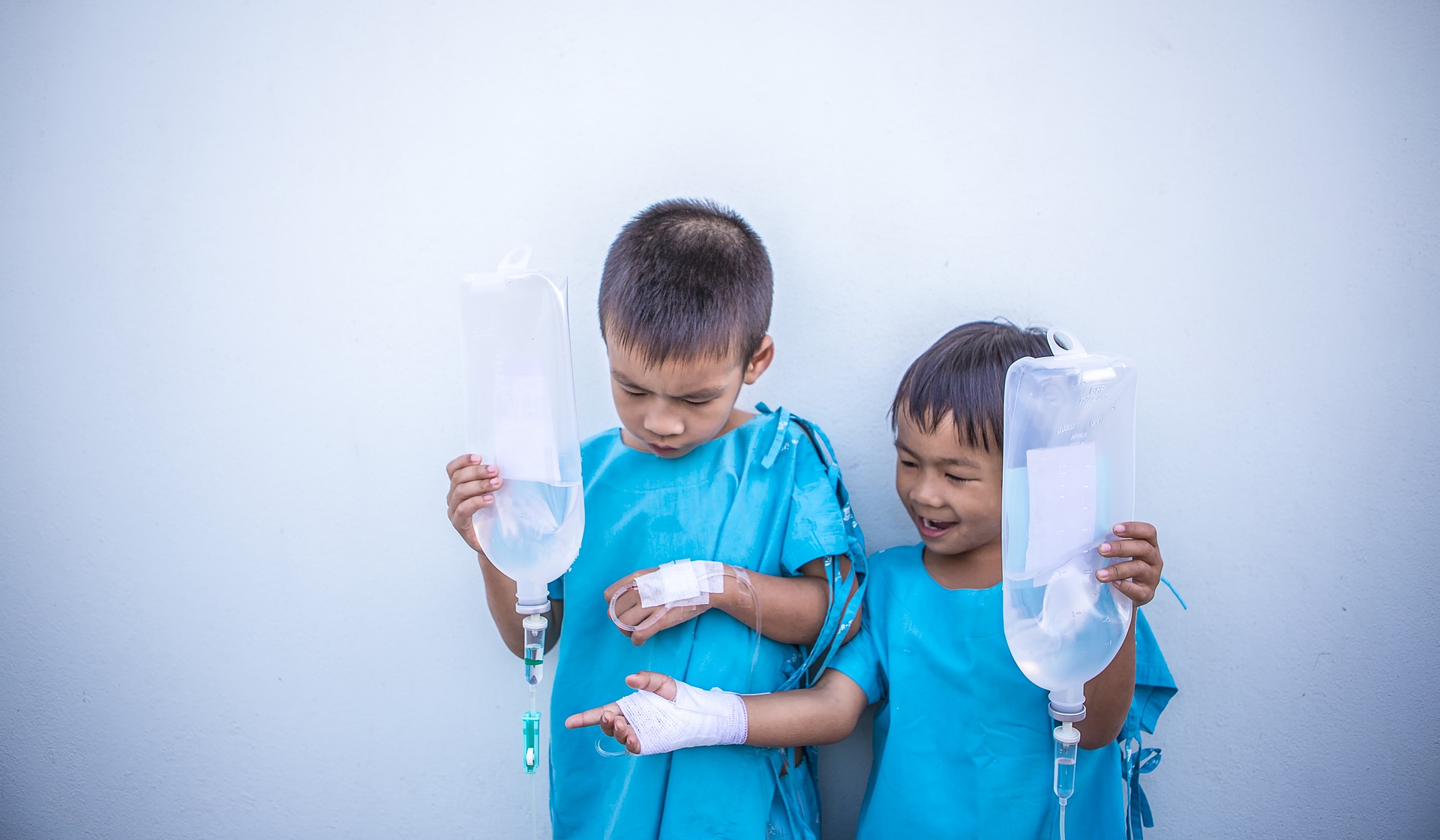Special Education

Special Education
Special Education is a specialized branch of education designed to meet the unique needs of students who have disabilities or learning challenges. These needs may arise from physical, cognitive, emotional, or developmental conditions that require individualized instructional methods, accommodations, and support. The goal of special education is to ensure that students with disabilities can access the curriculum and achieve their fullest potential in an inclusive and supportive environment.
Special education services are provided in various settings, ranging from fully inclusive general education classrooms to more specialized environments, depending on the student’s individual needs.
What Does a Special Education Teacher Do?
Special education teachers are trained to work with students who have a wide range of disabilities. They assess each student’s learning needs and develop an Individualized Education Program (IEP), which outlines specific goals, accommodations, and teaching strategies tailored to the student’s strengths and challenges. Special education teachers collaborate with general education teachers, parents, and other professionals to ensure the student receives the necessary support in and out of the classroom.
Key responsibilities of a special education teacher include:
- Assessing Student Needs: Special education teachers evaluate students’ academic, behavioral, and social-emotional needs using a variety of assessments and observations.
- Creating Individualized Education Plans (IEPs): Based on assessment results, teachers create personalized goals and strategies for each student. The IEP includes accommodations (such as extra time on tests), modifications to the curriculum, and specific instructional techniques to help the student succeed.
- Teaching and Supporting Students: Teachers use specialized instructional strategies, tools, and technology to help students understand concepts. This might involve one-on-one instruction, small group teaching, or adapting lessons for students with different learning styles.
- Collaborating with Others: Special education teachers often work closely with parents, general education teachers, speech therapists, occupational therapists, and school counselors to support the student’s development.
- Progress Monitoring: Regularly assessing students’ progress toward their IEP goals is crucial. Teachers use this data to adjust teaching strategies and ensure students are making meaningful progress.
Common Types of Special Education Needs:
- Learning Disabilities: Students with learning disabilities (such as dyslexia or dyscalculia) may struggle with specific academic skills, like reading or math, even though they possess average or above-average intelligence.
- Autism Spectrum Disorder (ASD): Students with autism may have difficulties with social communication, behavior, and sensory processing. Special education focuses on helping them develop communication skills, social interactions, and coping mechanisms for sensory challenges.
- Attention Deficit Hyperactivity Disorder (ADHD): Students with ADHD may have trouble focusing, staying organized, or regulating their impulses. Special education strategies help them improve their executive functioning skills and manage distractions.
- Intellectual Disabilities: Students with intellectual disabilities may have significant cognitive impairments that affect their ability to learn at the same pace as their peers. They may need help with basic academic concepts, self-care skills, and vocational training.
- Emotional and Behavioral Disorders: Students with emotional or behavioral challenges, such as anxiety, depression, or conduct disorders, may require special education to manage their behavior and emotions in a learning environment.
- Speech and Language Disorders: Students with speech or language impairments may struggle with expressing themselves verbally or understanding spoken language. Speech therapy is often integrated into their education plans.
- Physical Disabilities: Students with physical disabilities may need assistance with mobility, classroom accessibility, or technology to help them engage in academic activities. Special education ensures they can participate in school life to the fullest extent possible.
- Sensory Impairments: Students with visual or hearing impairments require specialized instructional methods, including the use of Braille, sign language, or assistive technology, to access the curriculum.
Benefits of Special Education:
- Tailored Learning: Students receive instruction and support that is customized to their specific learning styles and needs, ensuring they can access the curriculum effectively.
- Increased Confidence and Independence: By receiving the right tools and resources, students with disabilities can gain confidence in their abilities and work towards greater independence in both academic and personal areas.
- Inclusive Education: Special education promotes inclusive practices that integrate students with disabilities into general education classrooms whenever appropriate, fostering a sense of belonging and social development.
- Skill Development: Special education focuses on helping students develop essential life skills, including communication, problem-solving, and self-care, which prepare them for life beyond school.
- Parental Involvement: Special education often includes close collaboration with parents, ensuring that they are active participants in their child’s education and support their development at home.
Types of Special Education Services:
- Resource Rooms: Students may spend part of their day in a resource room, where they receive individualized or small-group instruction focused on their specific learning needs.
- Inclusion Classrooms: Many students with special needs are educated in general education classrooms alongside their peers. They may receive accommodations or support from special education teachers or aides within the classroom.
- Self-Contained Classrooms: Some students require more intensive, specialized instruction that can only be provided in a separate classroom with a smaller student-teacher ratio.
- Speech, Occupational, and Physical Therapy: These related services are often provided as part of a student’s IEP to support their overall development. For example, speech therapy helps improve communication skills, while occupational therapy focuses on fine motor and sensory processing skills.
- Assistive Technology: Students may use various forms of technology, such as communication devices, audio books, or adaptive keyboards, to help them access the curriculum and participate in school activities.
The Individualized Education Program (IEP):
The IEP is the cornerstone of special education. It is a legally binding document that outlines the student’s specific educational needs, the goals for their learning, and the services and supports they will receive. The IEP is developed collaboratively by a team of educators, specialists, and the student’s parents, and it is reviewed annually to ensure the student is making progress.
Key components of an IEP include:
- Present Levels of Academic Achievement and Functional Performance (PLAAFP): A summary of the student’s current abilities and challenges.
- Annual Goals: Specific, measurable goals that the student is expected to achieve by the end of the school year.
- Accommodations and Modifications: Adjustments to the classroom environment or teaching methods to help the student succeed.
- Related Services: Any additional services, such as speech therapy or counseling, that the student may need.
- Transition Planning: For older students, the IEP includes plans to prepare them for life after school, whether that involves further education, employment, or independent living.
Conclusion:
Special education is a vital service that empowers students with disabilities to reach their full potential. By providing tailored instruction, accommodations, and support, special education ensures that all students, regardless of their challenges, have the opportunity to succeed academically and socially. Through collaboration between educators, specialists, and families, students with special needs can thrive in an inclusive environment that promotes learning, growth, and independence.
Related Doctors
Who Might Need OT
- Development Delays
- Difficult with Gross Motor Skills
- Issues with Fine Motor Skills
- Trouble with Visual Processing
- Trouble with Sensory Processing
Contact Us
- 109/24 Hazra Road, Kolkata-700026
- 7978956493/ 7873424695
- aoprc2022@gmail.com



